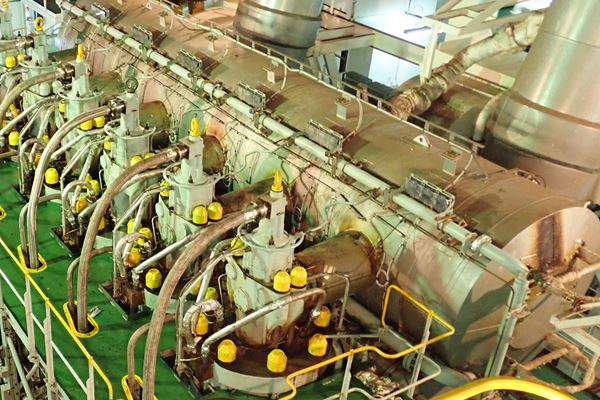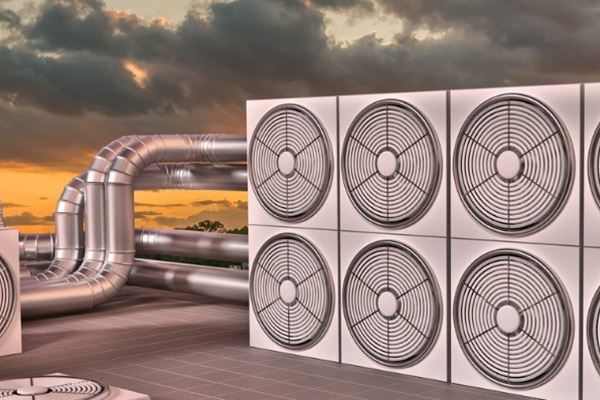Electrical Systems in Commercial Buildings: Understanding Their Significance and Handling Damages

Electrical systems in commercial buildings (i.e. power distribution, lighting, fire alarm and security systems, data networks, and audio-visual setups) form the backbone of contemporary business infrastructure. Yet, they are not immune to damage and failures, posing potential risks to business continuity.
Essential Electrical Systems in Business Buildings: Importance and Damage Control
Power Distribution Systems
Power distribution systems play a pivotal role in transmitting power from utility suppliers to various devices and equipment within a building. Comprised of meters, breaker panels, and wiring, these systems are indispensable for the safe and efficient distribution of power.
Lighting Systems
Lighting systems, including ambient, specialty, and task lighting, contribute to a conducive work environment. Control of these systems varies from basic toggle switches to intricate, integrated control systems.
Data Network Systems
Data networks, the systems offering internet connectivity as well as interconnection between devices and equipment, are crucial elements of a business's electrical systems. These networks can be a simple point-to-point connection or more complex configurations as integrated systems.
Fire Alarm and Security Systems
Fire alarm systems are paramount for the safety of building occupants. These systems are engineered to alert occupants in case of fire, facilitating safe evacuation by initiating alarms with audio and visual signals as well as facilitating notification to relevant services, such as the fire department. Security systems, complete with panic buttons, motion sensors, and glass-break structures, are also important for maintaining building and occupant security.
Venting and Heating Systems
Mold prevention is another crucial consideration for the safety and comfort of a building’s occupants. Achieved through proper ventilation to eliminate residual moisture and heating to foster an optimal environment for remediation or construction, mold prevention is especially vital during winter months to ensure dryness. A range of venting and heating systems, including propane-fired and electrical units, can be employed to effectively maintain this optimal environment.
Examining Temporary Power Systems: Key Considerations and Emerging Trends
Temporary Electrical Power Systems
In the realm of temporary power systems during remediations, the choice is between gas-fired or diesel-fired generators. However, when the parts of the building where the main power distribution equipment is located are safe for occupation, the building’s electrical power system can be tweaked to provide temporary power from the safe area to the impacted area. This alternative may prove more economical than leasing a generator or a propane tank.
Temporary Lighting Systems
Temporary lighting is another aspect to consider, with a spectrum of options from pseudo-permanent lighting for enduring projects to single-unit lighting for specific zones.
Temporary Fire Alarm Systems
Temporary fire alarm systems are a newly emerging building system trend. These innovative systems eliminate the requirement for an on-site fire watch person and can be a more economical option for remediation projects over a longer period of time. In addition to offering fire alarm services, they can be coupled with a wireless security system for enhanced safety.
Conclusion
Building damage can stem from a variety of sources, including floods, fires, system failures, poor design and installation, equipment failure, power surges, or vandalism, and an immediate response is crucial.
Damage can range in severity and scope, from the loss of a single piece of equipment to needing major renovations, or even a full building rebuild. Adherence to code requirements, implementation of fire watch and security measures, and assurance of proper venting and heating in the affected space are all vital for ensuring the safety of the building and its occupants, as well as mitigating additional damage to systems within the building.
The restoration of building systems is an intricate task that requires a deep understanding, from the initial damage assessment to the conclusive implementation of repairs or replacements. Each phase demands precise planning and execution. Leveraging the right strategies, systems and equipment can enable the successful restoration of building systems, ensuring their sustained functionality.
Nuestros consultores están listos para ayudar.




